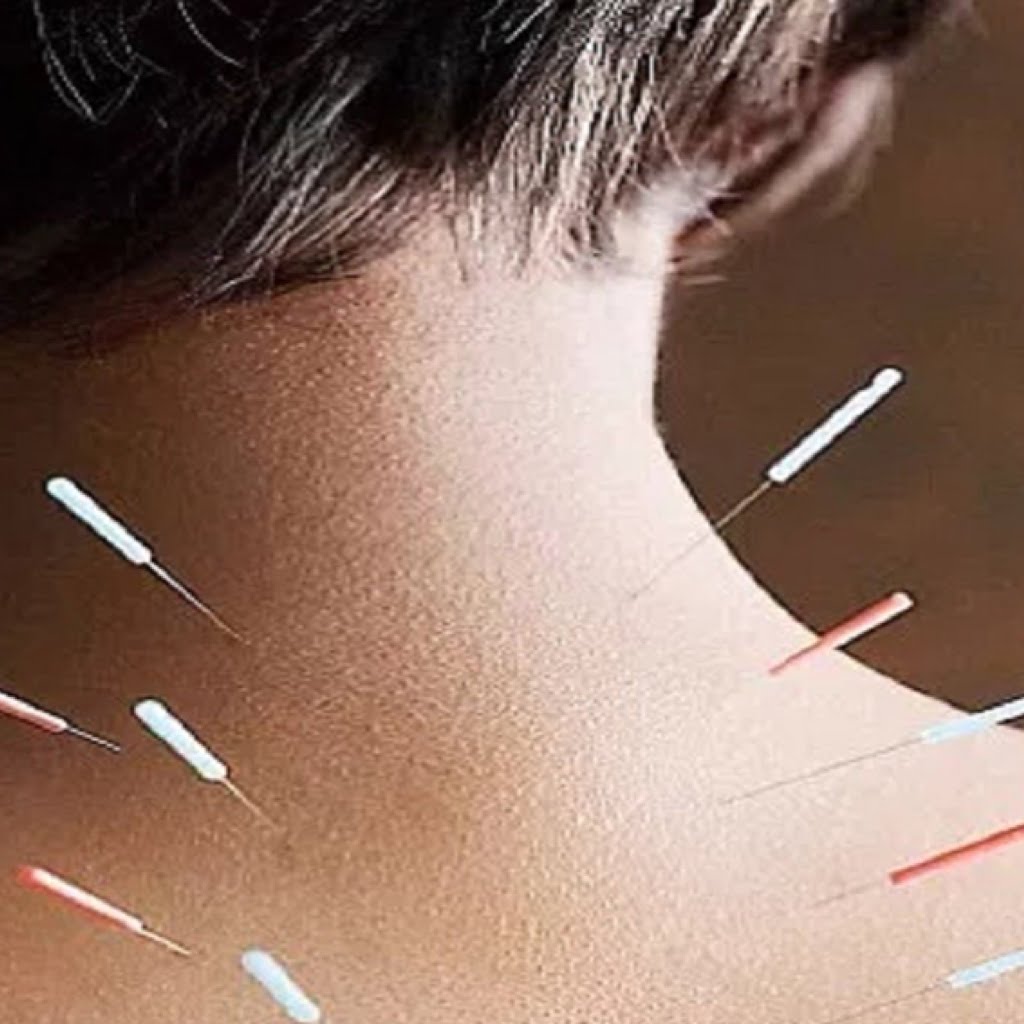The complications associated with diabetes are many, and chronic pain is common for many who suffer from the disease – especially back pain.
Most adults experience back pain at some point in their lives, and almost half suffer neck pain. Usually, an injury or other musculoskeletal issue is associated with either affliction, although on occasion a disease may be linked to the problem as well.
Just as an example of the latter, researchers at the University of Sydney recently found that diabetics are at significantly higher risk of lower back pain and neck pain. While the report couldn’t establish a causal relationship between type 2 diabetes and back or neck pain, the research team pointed to preventable problems, such as obesity and lack of exercise, as contributing factors.
But whatever the source of any neck or back problem, finding that underlying cause is key to developing a treatment program that can both alleviate the pain and act as a form of prevention, says Dr. Bradford Butler, a chiropractor and author of The Blueprint for Back Pain Relief: The Essential Guide to Nonsurgical Solutions (www.drbradfordbutler.com).
“Most patients have a combination of problems causing their pain,” Butler says. “It’s very rare that just one thing needs to be treated.
“It doesn’t make sense to treat just the symptoms and not fix what is causing them. Many people, however, aren’t getting the correct therapy, so to them it’s no longer fixable. But it is – as well as preventable in the future with the right therapy.”
Butler has tips on treatments that can heal neck and back pain:
- Acupuncture. Like chiropractic, acupuncture is a mystery to many people. “Its roots are deep in health and healing, and not in back pain alone,” Butler says. “More and more medical research is showing how incredibly effective it can be. Some studies show that it’s more effective than pain medications, and acupuncture fertility toronto produces actual results – it doesn’t just mask the symptoms.”
- Chiropractic care. This a popular way to solve joint problems associated with almost all back and neck problems. “A spinal adjustment is the safest and most effective way to mobilize the joints,” Butler says. “Flexibility and range of motion of the affected segments is increased, disc circulation is improved and nerves function better.”
- Massage therapy. “Massage is a powerful healing tool,” Butler says. “It helps to treat pain, inflammation, and spasm associated with back pain of all levels.” A highly trained massage therapist aids in breaking down scar tissue and increasing blood flow to the affected area, which accelerates healing while aiding the body in lymphatic drainage.
- Neuromuscular reeducation. There are two different types of muscles that control the spine: voluntary and involuntary. “Voluntary muscles control global movements of your entire spine or region, movements such as bending and turning,” Butler says. “Involuntary muscles are controlled directly by the brain and central nervous system. Neuromuscular reeducation uses specific exercises and movements to stimulate your brain to retrain these involuntary muscles and make a better connection.”
- Physical therapy. “Physical therapy helps increase range of motion, strengthens the spine against injury, and improves posture and gait,” Butler says. “Some people think about physical therapy only as it pertains to post-injury, post-surgical recovery, but it’s also critical to longevity.”
- Spinal decompression. “This therapy has been a game-changer in the treatment of patients with back pain who have degenerated, bulging, or herniated discs,” Butler says. “It’s the most advanced nonsurgical treatment for discs. It can be used for discs in the neck or lower back.”
“Singular treatments rarely work,” Butler says. “A properly designed plan should include multiple therapies for most people if the goal is to fix the problem.”






